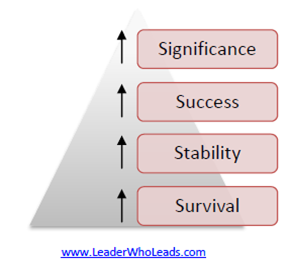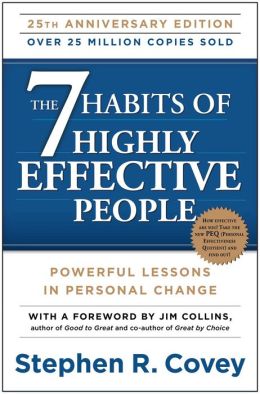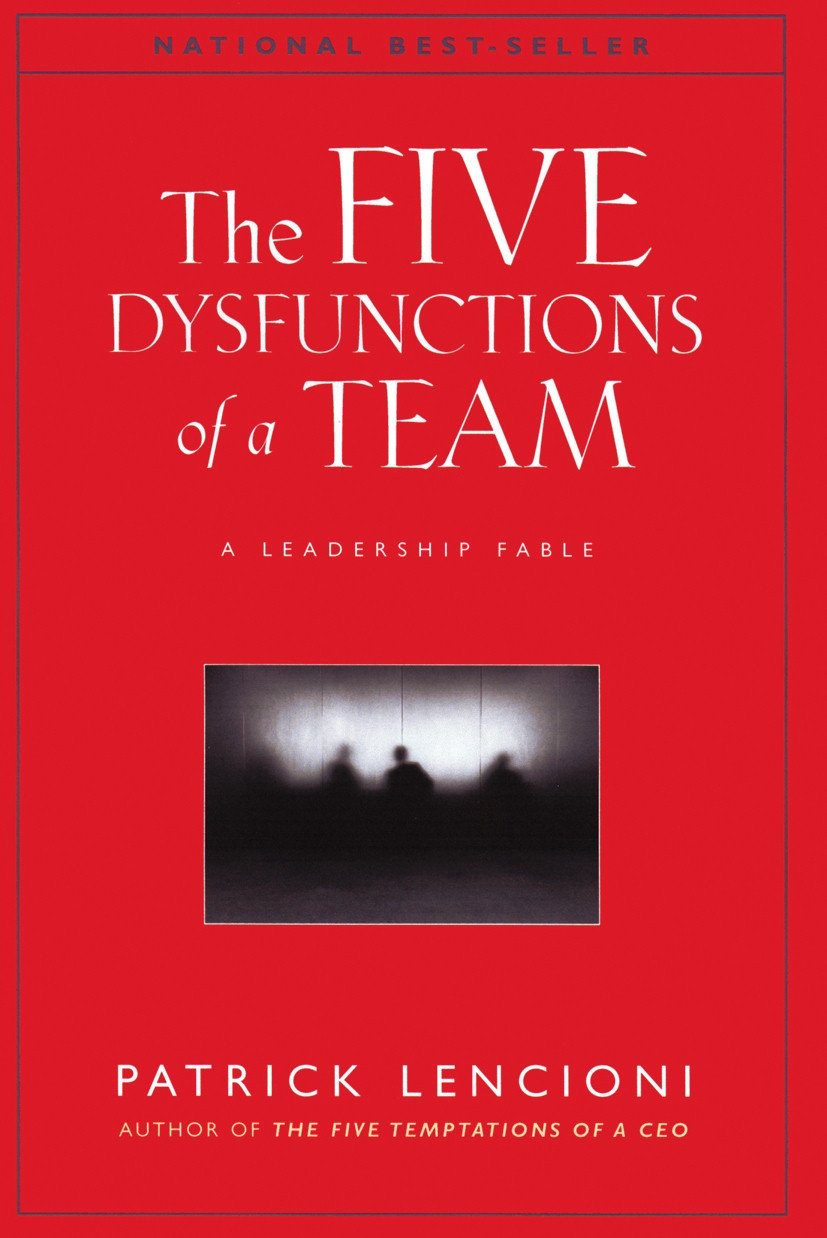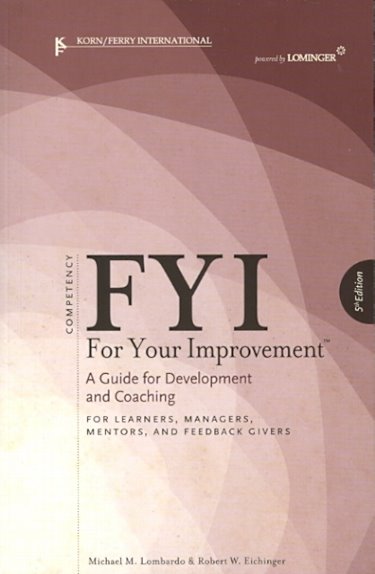Leadership Coaching
My comments on Leadership Coaching are designed to help individuals in leadership positions become better leaders.
When I think of a leadership continuum, I identify the following levels:
- Emerging (Aspiring) Leaders
- New Leaders
- Experienced Leaders
- Leader of Leaders
If you are new to your leadership role, my goal is to help you move from Survival to Stability, ramp up the learning curve and increase your probability of success.
If you are experienced and have been in your role for more than nine (9) months, what I have included here will help you move your team to the next level to become a high performing team.
Or you may be an emerging leader who aspires to step into your first leadership position. If so, congratulations on being proactive, taking steps now, to develop your leadership skills.

Leadership Coaching
Expectations
I advise my clients to identify what is expected of them, to get your arms around what you are responsible for. Why? Because once you get a handle on what is expected, you have an idea of key indicators or metrics to measure/assess your performance.
Now, as you well know, expectations can be written and/or spoken. There are some that are unwritten and unspoken. So, your mission is to discover and uncover both - those that are apparent and those that are obscure.
When I speak about expectations, they fall into the following categories:
As a leadership coach or in any other role, when I am clear on what is expected of me, I am better positioned to know how to meet or exceed those expectations.
Therefore, a very important first step is to take a 360-degree approach to better understand what is expected of you, your team and your peers.
 |
Job Description
I recommend starting with your job or position description because it outlines what is expected of the person in your position. In most cases it represents 75-80% of the job requirements.
Some organizations do a very good job of maintaining current job descriptions. But most do this poorly, which means the position description for your role may not have been updated in a very long time. So now is a good time to update it.
Regardless of how much (or little) is written, the position description is the best place to start in determining what is expected of you in your role.

No Job Description
No formal job description? Then write your own.
This puts you in a perfect position to truly understand and document what is expected from the person occupying the position: You.
If the position was posted (either internally or externally), do not forget to look at what was included in the job posting.
Your boss, direct reports and human resource representative can help you fill in the blanks.
Another option is to search the internet for a positon similar to yours and tailor it to meet your needs.
Taking these steps shows that you are proactive and resourceful. These are key attributes of leaders who lead.
A Note From Coach Gwen
One of the best tools I have used during my career, and now use with my clients, is FYI: For Your Improvement. It offers guidance and provides practical ways to assess and build the skills you need to succeed in your role.
Note: Whether you are in a leadership role or aspire to one, I highly recommend it.
Want To Know More?
To uncover your boss' expectations, see more Leadership Coaching.
- For Your Improvement
- S.W.O.T. Analysis
- Managing Up
- Gallup: 7 Expectations for Transformational Leaders
- Contact Coach Gwen
- Go to Home
Improve Your Relationship with Your Boss
Are you looking to improve your relationship with your boss? If so, the Boss Relationship Worksheet will help you better understand and communicate more effectively with your immediate supervisor.
To download your copy, submit your information on the form below.
After completing the Boss Relationship Worksheet, you will find that the following will prove helpful in showing you how to cultivate a better working relationship with your boss:
 |
I published my first book and I am beyond excited.
Get your FREE copy of Called to Lead!
ORDER PRINT HERE
Leaders don't
create
followers.
Leaders
create
other
leaders.
- Tom Peters













